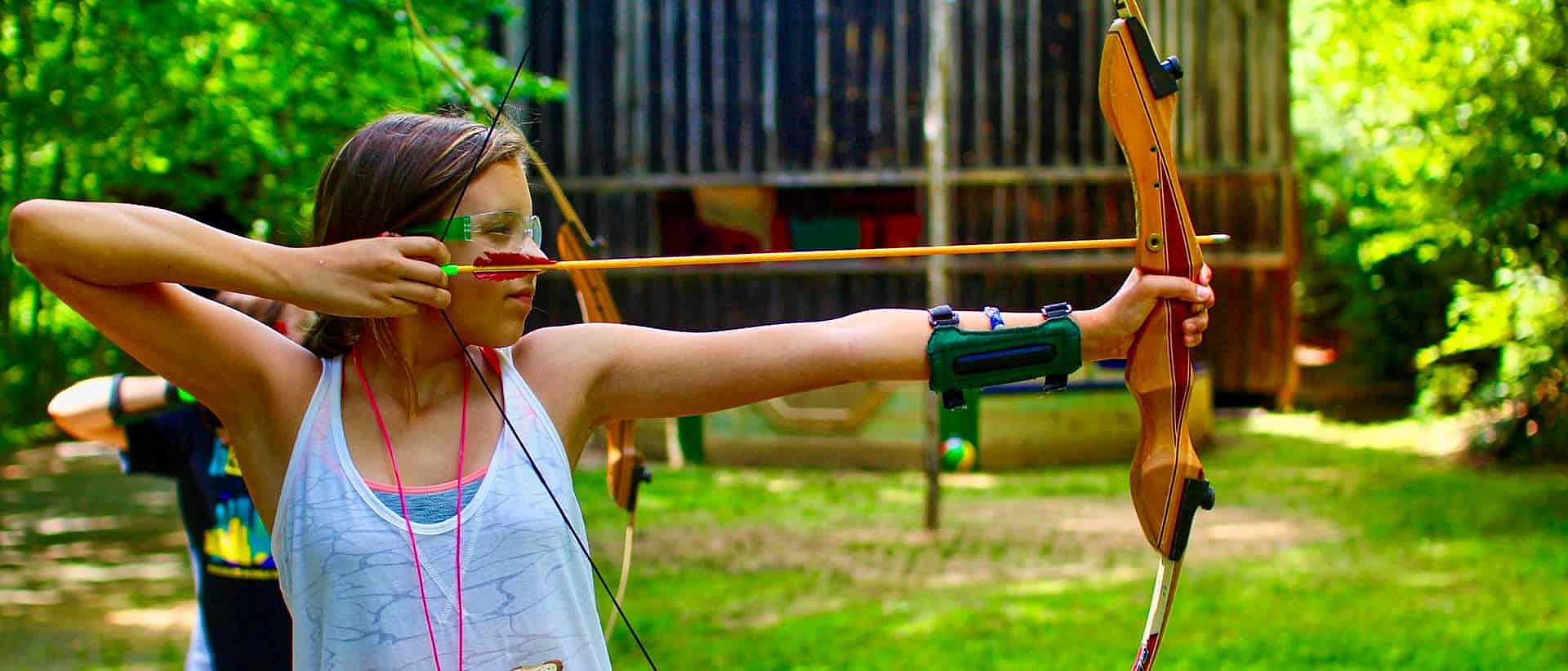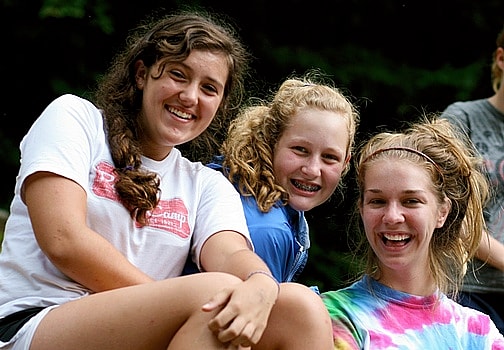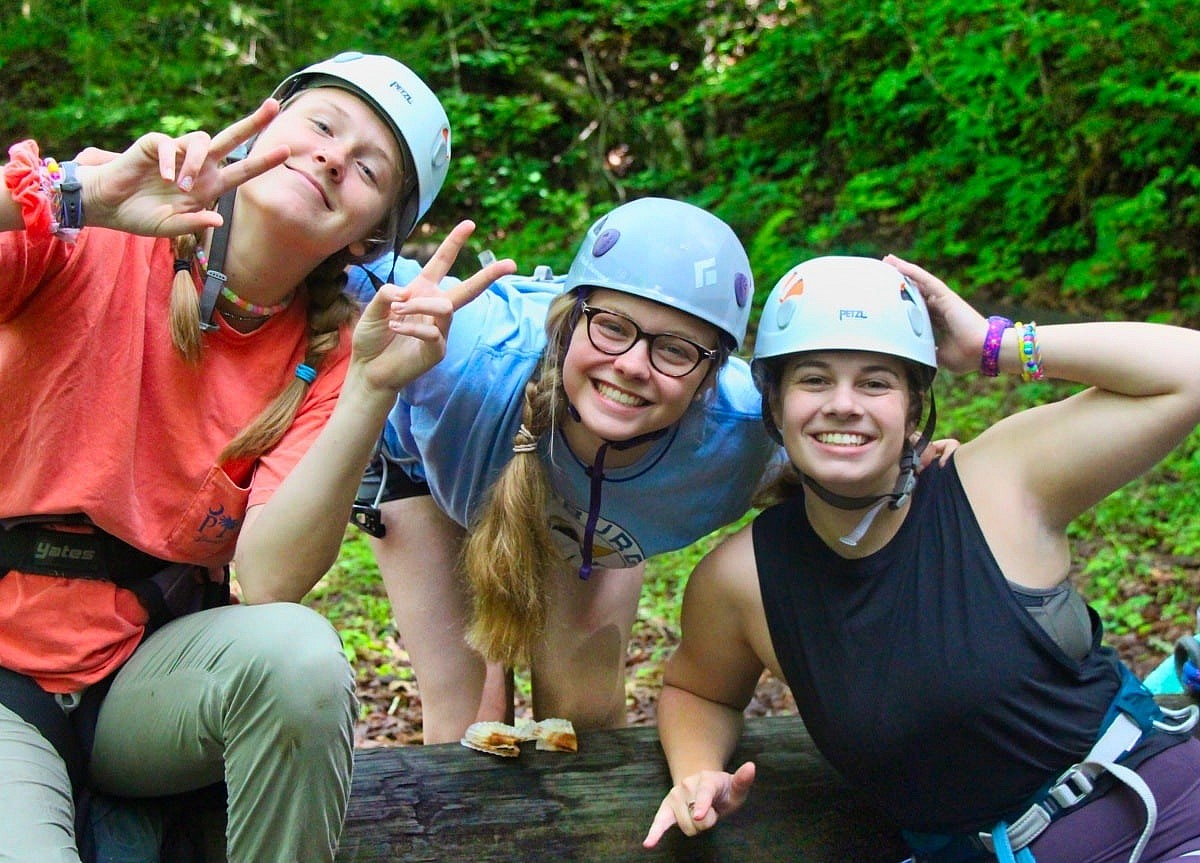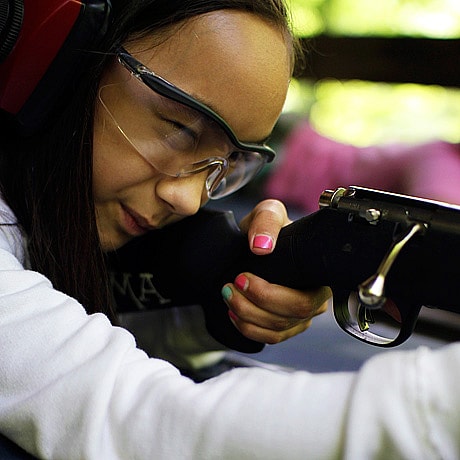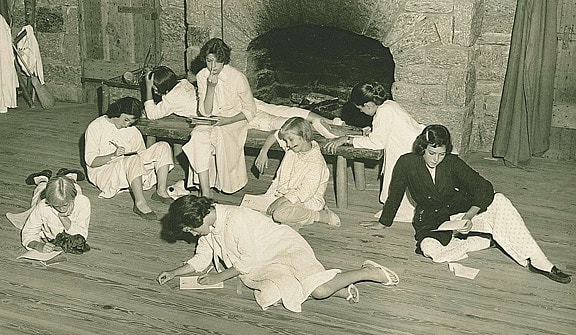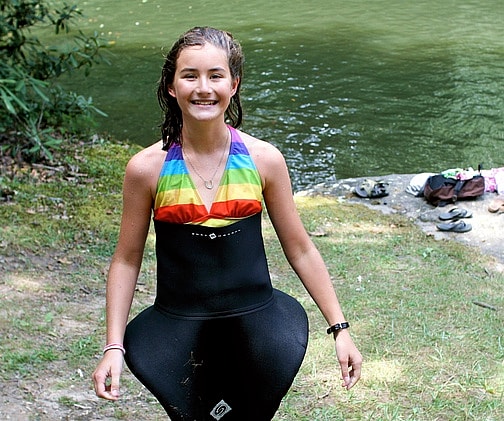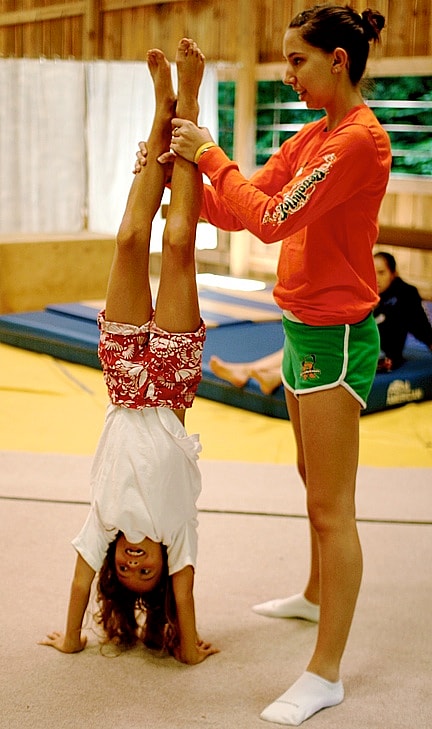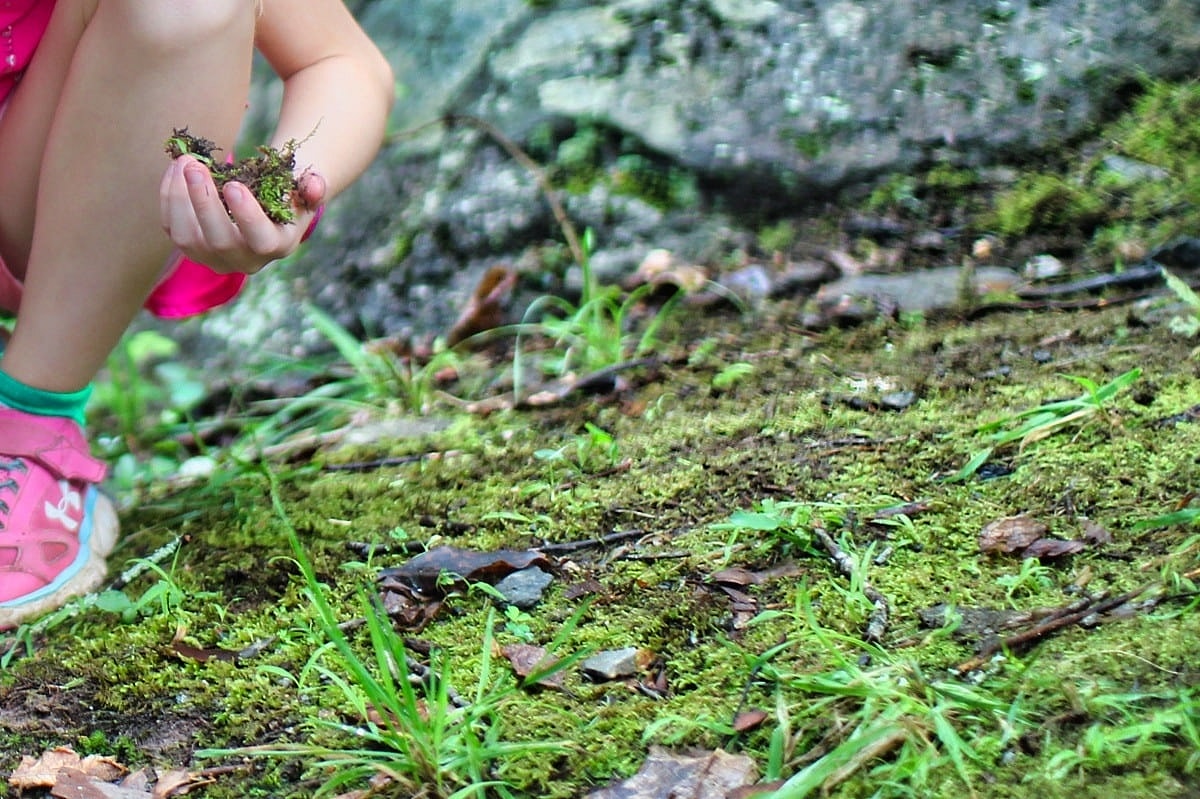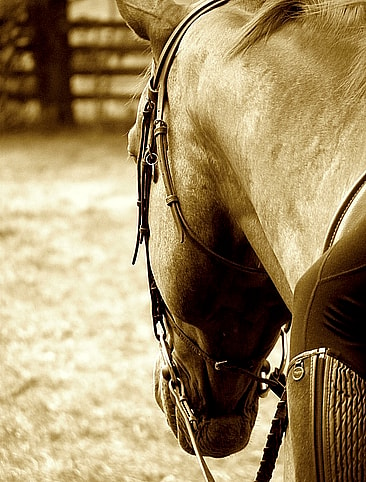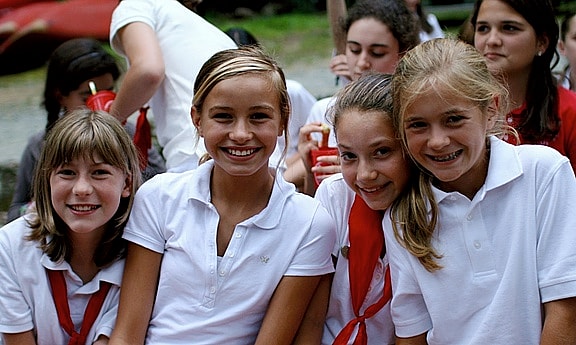If you could reform the common education of teenagers, change something about how teenagers today learn, or what they learn, what would you do? Looking around, what do you think teenagers need to understand? How do they need to change if they are to become happy, well-grounded, satisfied adults? Is there a skill, a personal value, some rule of thumb that you wish all teenagers today would adopt? Is there one crucial thing that today’s teens are missing, and as a result has placed them on a path toward trouble later in life?
You get the picture; the assumption here is that our young people are already having trouble, and aren’t measuring up to the ideal outcomes our education system, culture, and families define. It might be declining test scores, weak academic competencies (compared with children in other countries), unhealthy eating and exercise habits, poor social skills (e.g., difficulty making friends, disrespecting others), decreased creativity, or a general failure to overcome unexpected challenges. Any of these, or several, might be identified as the core problem facing our teenagers these days.
So what can we do to help? If your teen is slipping in any of these ways, how can you improve the situation, make a difference in some way? One proposal suggested, and increasingly so it seems, is to lengthen the school year. It’s claimed that organized classroom education provides the best chance to “reach” the youth and “make a difference in their lives.” As we’ve mentioned before, this is a weak, incomplete solution at best, one that fails to understand the complexities of youth development and the many dimensions it demands. It might be easy to understand and simple to measure, but extending the school calendar is not going to help our teenagers navigate their lives better. If your teen can’t make choices for herself, extra math homework isn’t going to help.
Again, what is there to do? How can we complement our current education system, augment what we already do in the classroom with learning that addresses the complete human being? What experiential gaps should we fill, opportunities should we create, models should we provide? What setting would best support these ordinarily neglected aspects of growing up?
One answer, we, and so many other youth development professionals, advocate is the benefits provided by summer camps. Camps are organized settings that encourage young people to reach beyond what they know, interact with others positively, take responsibility for their own decisions, physically engage the natural world, build self-esteem, and experience meaningful success. Summer camps are incredibly effective educational institutions, that camp parents will tell you, make a huge difference in the health and well-being of their children. Summer camps are just very good at helping children grow in these very important ways.
Yes, we should extend the education of our teenagers and children, not by lengthening the school year, but by providing greater experiential opportunities like those found at summer camps. Send your teenager to camp. That’s what you can do.

